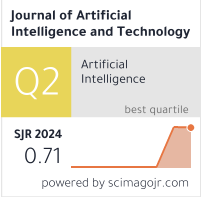How to Use Artificial Intelligence to Evaluate Board Efficiency
DOI:
https://doi.org/10.37965/jait.2023.0221Keywords:
artificial neural networks, financial performance, threshold regressionAbstract
The era of the technological revolution brought rapid changes in the way businesses are managed and operated with new methods. This study applies and develops artificial neural networks (ANNs) to predict the return on equity (ROE) and return on assets (ROA) based on data of the structure of the board of directors and managers of 839 Taiwanese electronics firms listed on the Taiwan Stock Exchange for the period 2000 to 2021. The results show that the characteristics of the board of directors and managers decide 64.25% of the value of the ROE and 67.05% of the ROA. Empirical results also show that the board with fewer members is easy to reach a consensus on decisions rather than a larger board, leading to better firm performance. When ROE and ROA are at their worst, board members use their power to protect their wealth. However, independent board members have a negative influence on financial performance. Large company size has always been a strong supporter of high profitability, and a high debt ratio has not yet brought about tax savings.
Metrics
Published
How to Cite
Issue
Section
License
Copyright (c) 2023 Authors

This work is licensed under a Creative Commons Attribution 4.0 International License.





